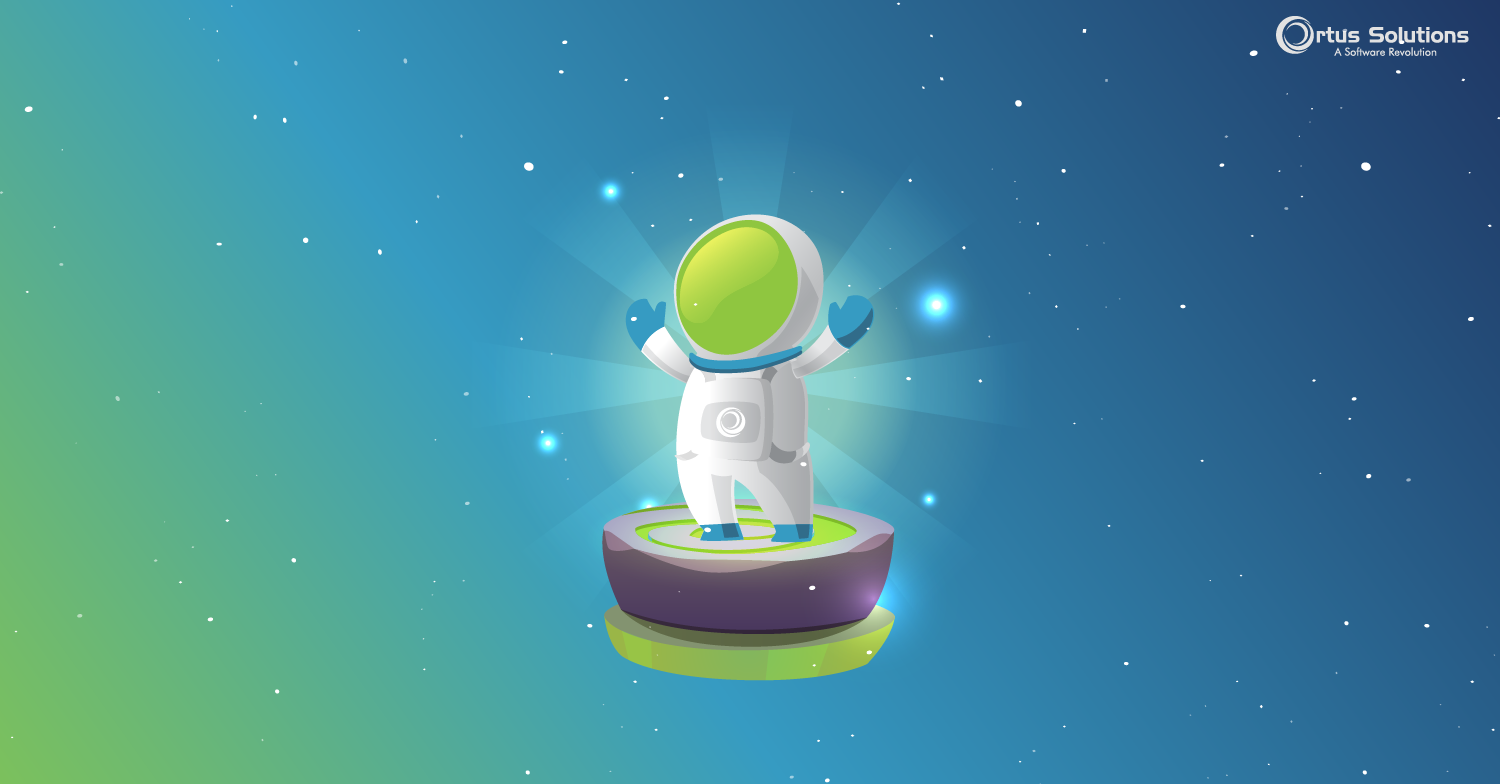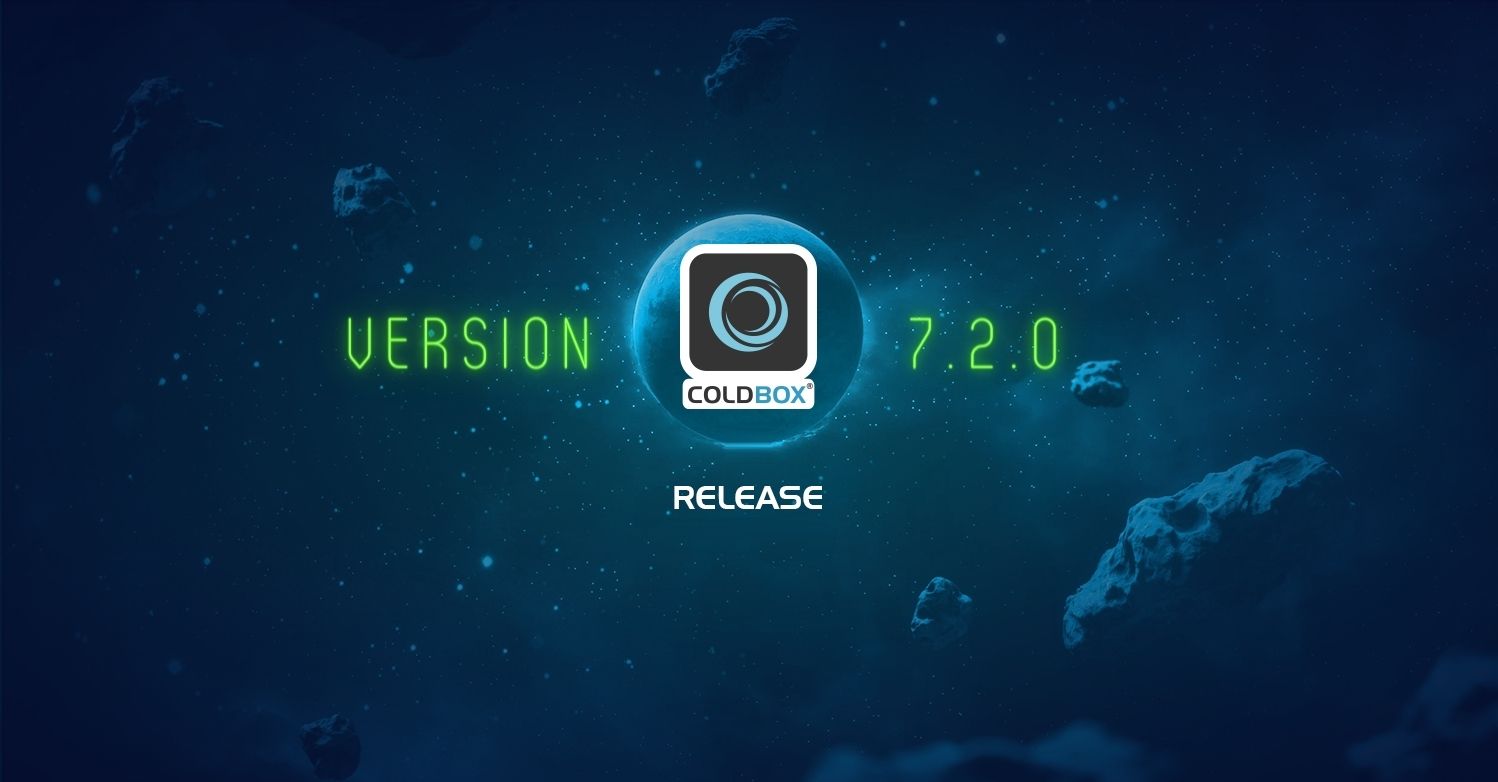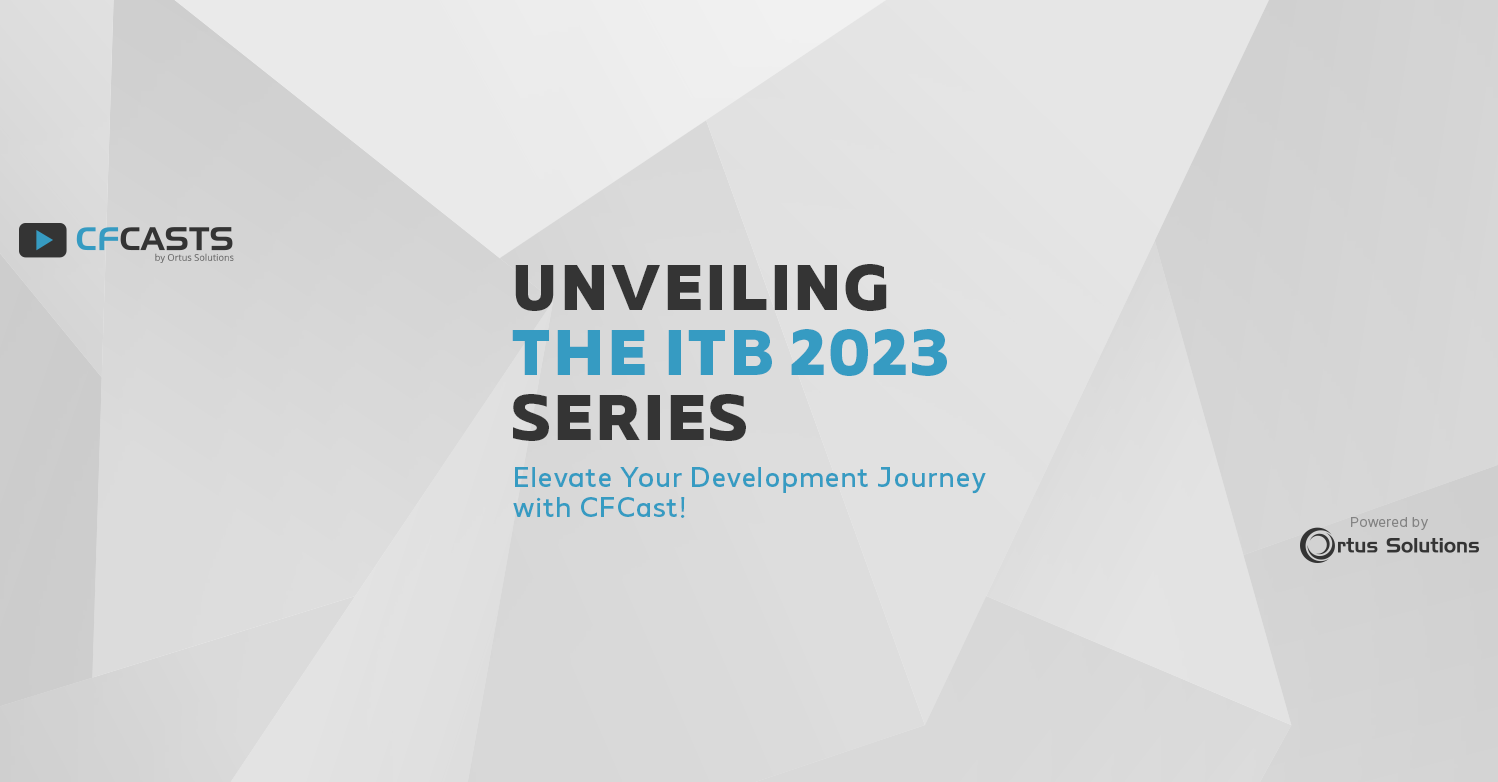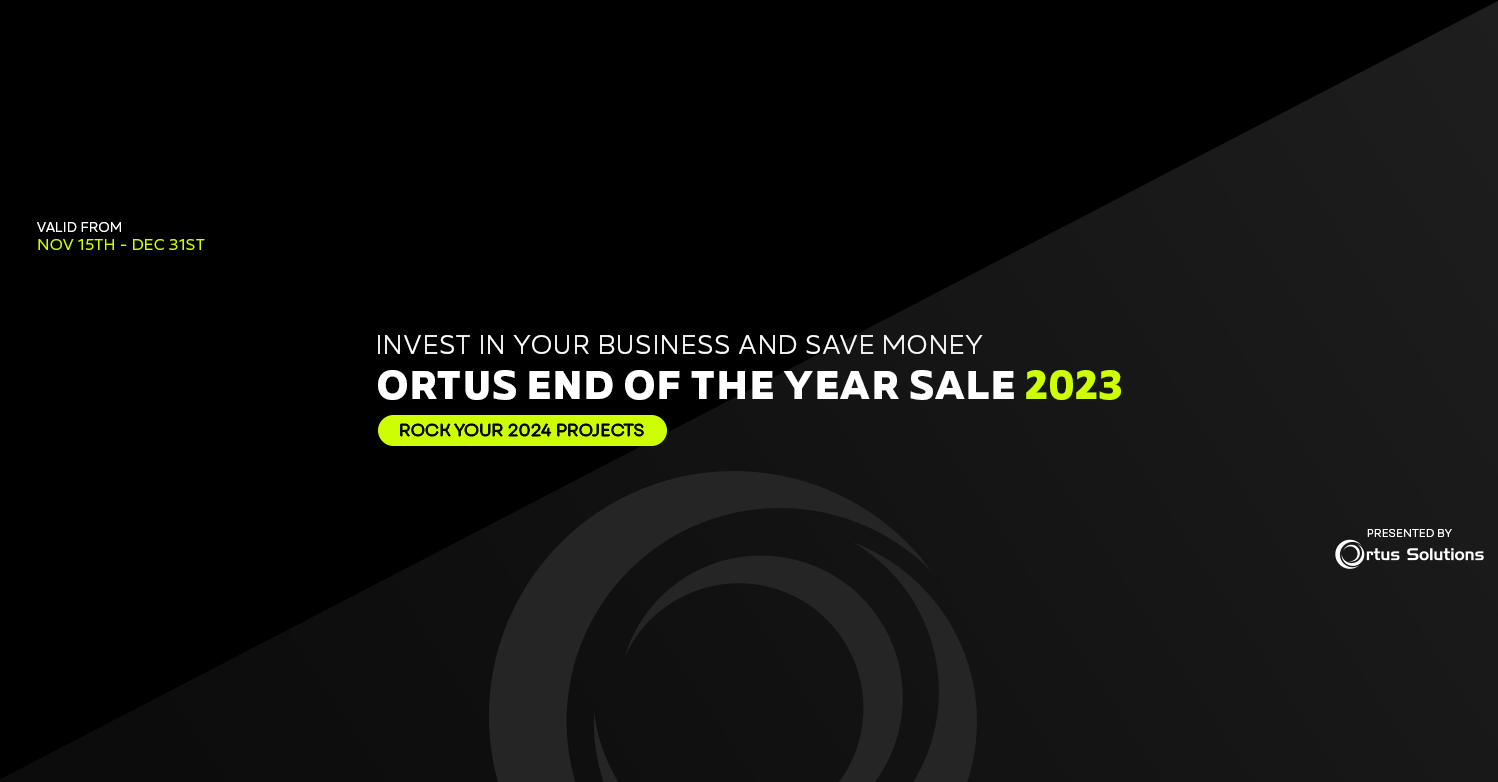You know what's tedious? Authentication. Every project I start needs some sort of authentication system. And every project I start basically from scratch.
I noticed this pattern a while ago and created some libraries to help. You may have used them before.
cbauth is a library that handles creating
user sessions for you app while giving enough customization to use different
authentication methods and session storages.
1 2 3 4 |
auth.authenticate( username, password );auth.isLoggedIn();auth.getUser();auth.logout(); |
While cbauth manages user sessions, it doesn't protect handlers or actions from
being accessed by logged out or unauthorized users.
cbguard was created for this
purpose providing a way to restrict access to certain handlers and/or actions
using annotations.
1 2 3 4 5 6 7 |
component secured { function index( event, rc, prc ) { /* ... */ } function create( event, rc, prc ) secured="create_posts" { /* ... */ }} |
Part of the reason for this customization is that there is not just one way to handle user persistance. Not only is there not just one way, there is not a default way. This can be considered a strength or a weakness of the community, but instead of debating that, I've decided to finally fill that gap using some hand picked libraries.
For data persistance I chose Quick, a ColdBox ORM engine.
Unlike Hibernate, Quick is written in CFML and so can be contributed to and by
any CFML developer. It also avoids the obscure Hibernate error messages that
CF ORM is known for. For example, here's our User component:
1 2 3 4 5 6 7 8 9 10 11 12 13 14 15 16 17 18 19 20 21 22 23 24 25 26 27 28 29 30 31 32 33 34 35 36 37 38 39 40 41 42 43 44 45 46 47 |
component extends="quick.models.BaseEntity" { property name="bcrypt" inject="@BCrypt" persistent="false"; property name="id"; property name="email"; property name="password"; public User function setPassword( required string password ) { return assignAttribute( "password", bcrypt.hashPassword( arguments.password ) ); } public boolean function hasPermission( required string permission ) { return true; } public boolean function isValidCredentials( required string email, required string password ) { var user = newEntity().where( "email", arguments.email ).first(); if ( ! user.isLoaded() ) { return false; } return bcrypt.checkPassword( arguments.password, user.getPassword() ); } public User function retrieveUserByUsername( required string email ) { return newEntity() .where( "email", arguments.email ) .firstOrFail(); } public User function retrieveUserById( required numeric id ) { return newEntity().findOrFail( arguments.id ); } public struct function getMemento() { return { "email": variables.getEmail() } }} |
This User entity is used both to represent a User in our system as well as handle
intergrating with cbauth and cbguard. Properties are mapped to columns.
The plural component name is used as the table name. A fluent syntax based off
of qb is used to create, retrieve, update,
and delete records. I think you'll find it a joy to work with.
There are plenty of other modules added and configured:
cbValidationis used to make sure all the data used is valid.bCryptis used to hash passwords in the database.commandbox-dotenvandcommandbox-cfconfigare installed to start up our servers with the correct settings.- A users table migration is provided and
commandbox-migrationsis installed to apply it. - Form submissions are automatically checked for a CSRF token with
verify-csrf-interceptor. - Even niceties like
redirectBackand a customUniqueInDatabasevalidator are provided to completely show how I would start off an authentication system using ColdBox and Quick. - And last, but not least, code formatting is handled automatically using
commandbox-cfformat.
The best part, this is just the starting point! Is this good enough for you?
Get going on the rest of your app. Need some more information for your users?
Add a migration, modify the form, and update the entity component. Have a
different authentication system like LDAP or OAuth? Update your authenticationService
with cbauth in your config/ColdBox.cfc file.
You can get started today using this new skeleton in your coldbox create app
command:
Edit your .env file and server start!
I hope this gets you up and going faster than ever creating your awesome ColdBox applications!




Add Your Comment